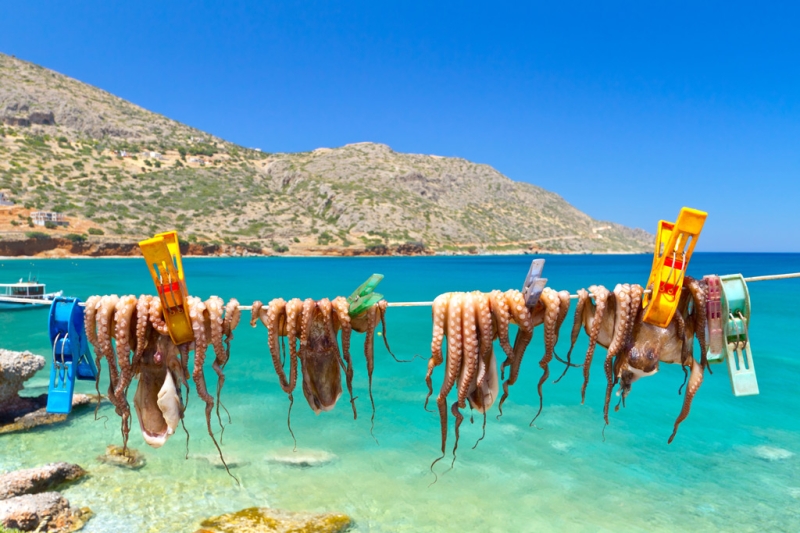
Since childhood, we remember Crete from the ancient Greek legends about the birth of Zeus and the terrible and powerful Minotaur who lived in the Knossos labyrinth. The southernmost and largest Greek island with ancient history, located at the junction of Europe, Asia and Africa. Traveling to Crete (tickets, hotels) is not only a chance to swim in the waters of three seas: Cretan, Ionian and Libyan, but also an opportunity to enjoy the natural and historical beauties of the island. The island has more than 5 thousand years of history and is replete with interesting sights. Our tips will help you not to get lost in their colorful diversity.
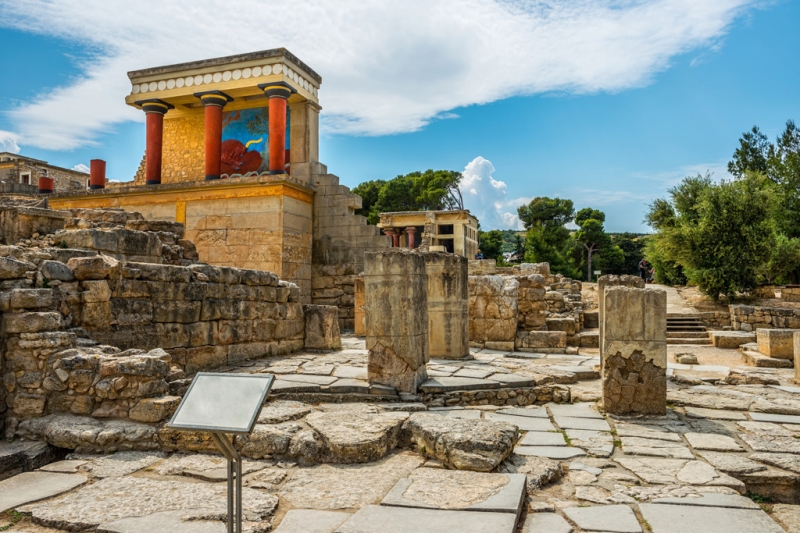
1. Palace of Knossos– the most important local attraction and calling card of the island. According to historians, the palace of King Minos consisted of over one and a half thousand rooms, and it is no coincidence that legends made it the refuge of the Minotaur. This is one of the oldest architectural monuments, partially restored by archaeologists from the remaining fragments. British archaeologist Arthur Evans, who discovered the Minoan civilization, decided to restore Knossos in fragments in order to protect it from destruction due to the harmful effects of the humid Cretan climate. Many researchers criticize Evans for his decision, but it was he who brought history to life and breathed life into these ancient ruins. Visit Knossos with an experienced guide who will explain in detail the history of the Minoan civilization, or prepare for your visit by watching BBC films about the Minoans and Arthur Evans. Opening hours: from November to March from 9.00 to 15.00, from April to October – from 8.00 to 19.00, and on weekends until 15.00. In summer, we recommend arriving at the palace in the morning, because it is very hot here during the day. The entrance ticket costs 6 euros. You can get here in 10 minutes by bus from Heraklion, as part of a tour or by rented car.
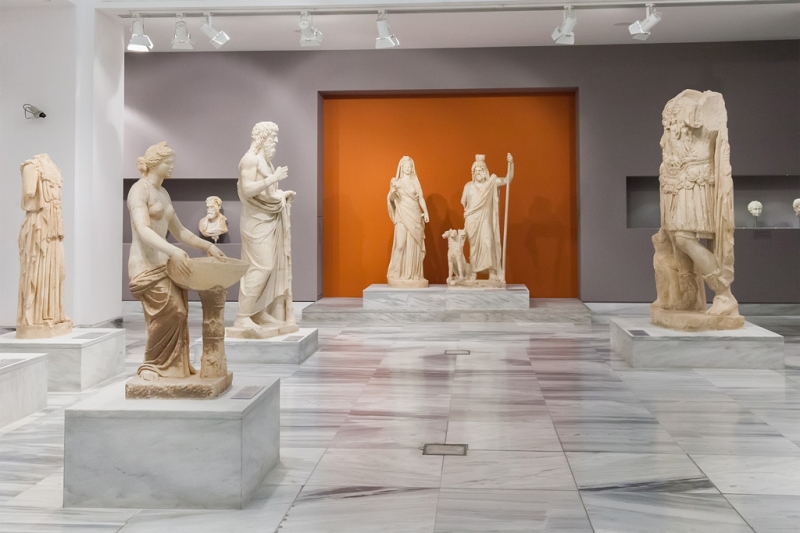
2. Archaeological Museum of Heraklion – one of the largest Greek museums. A journey into the very depths of Cretan history, which will give incredible aesthetic pleasure. The culture of the Minoans is distant and at the same time close to us, because these people, who lived about four thousand years ago, had a developed social system, recognized gender equality, and were skilled traders, sailors and craftsmen. Here you can see original frescoes from the Palace of Knossos, the famous Phaistos Disc, Mali bees, and products of ancient jewelers that will be the envy of any fashionista. Opening hours are the same as the Palace of Knossos. Ticket price: 6 euros.
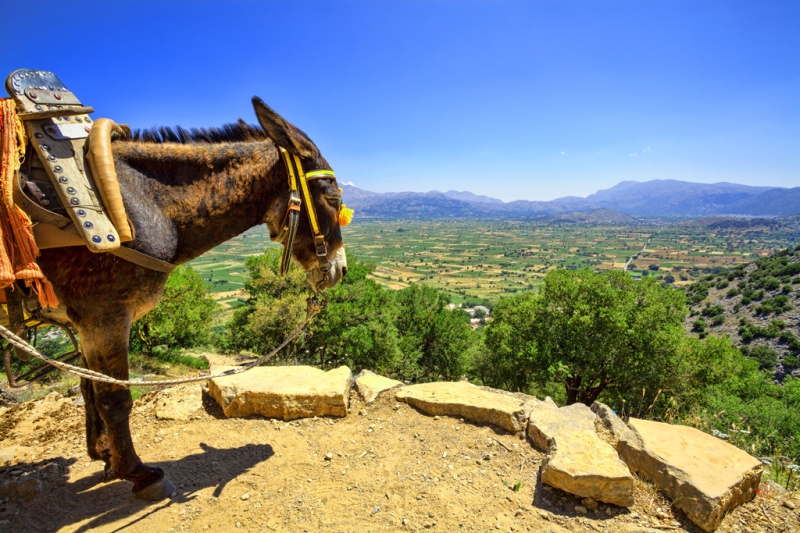
3. Lasithi Plateau and Cave of Zeus Dikteon-Antron. The Lassithi plateau is the most picturesque corner of Crete. Villages with their colorful vegetation are spread out here like bright patches of a village carpet. If you have never gone underground in your life, you can visit the Cave of Zeus, which is 85 meters deep. Wear comfortable shoes, because the climb to the cave is steep and rocky, and the floor of the cave itself is quite slippery. The journey takes 15-20 minutes, and at the beginning and end of the route you can rent donkeys for 15 euros. Legend has it that once every 9 years, King Minos went to this cave, where he remained completely alone for 9 days and received instructions from his father Zeus. After that, he returned to his luxurious palace, where he issued his fair laws. True, modern research suggests that when staying in a dark, enclosed space for more than four days, a person loses track of time and begins to see hallucinations, but the laws still have a reputation for being fair. Ticket price: 4 euros for adults, children and students free. Opening hours: from 10 to 17.00, but sometimes employees decide to extend the siesta and close after 15.00.
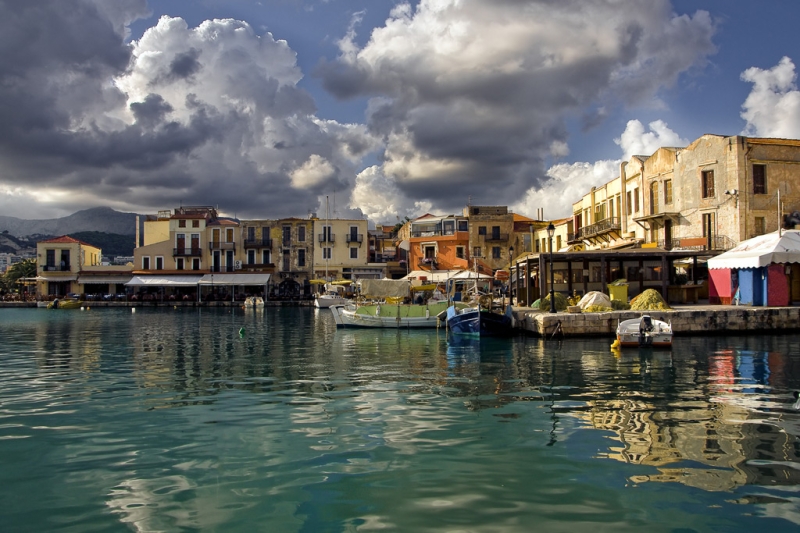
4. Rethymno – Cretan Venice. You can talk a lot about this city, but words cannot convey its beauty. Stroll along the narrow cobbled streets, sit on the veranda of local cafes in the city or on the embankment. Take a close look at the city, which preserves traces of Byzantine, Venetian, Ottoman and Greek cultures. Crete was often conquered, but the freedom-loving Cretans fought against the invaders to the last. Many of the island’s mountainous provinces were never captured and always remained centers of local resistance. The love of independence is still a distinctive feature of the local residents. See the oldest mosque, which houses a music school (there are no active mosques in Greece),
the Rimondi fountain and the Venetian fortress “Fortezza”. In the souvenir shops here you can buy orange blossom honey, which is collected only in the province of Rethymno.
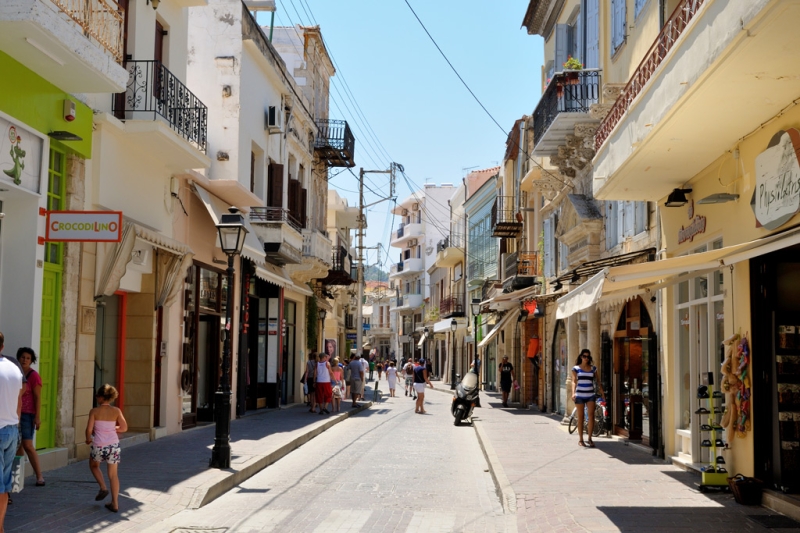
Be sure to stop by the oldest bakery in the city of the Hatziparaskos family, where you can not only buy a delicious Greek sweet – baklava (similar to Arabic baklava),
but also observe the cooking process. Before your eyes, Yorgos, the 82-year-old father of a large family, his wife Katerina or son Paraskevas will roll out a small piece of traditional Greek filo dough to a width of three meters. In this bakery, the secrets of making sweets are passed down from generation to generation. The bakery is located on one of the narrow streets of the city at the address: Vernardou 30.
You may be interested in: 10 most delicious islands in the world.
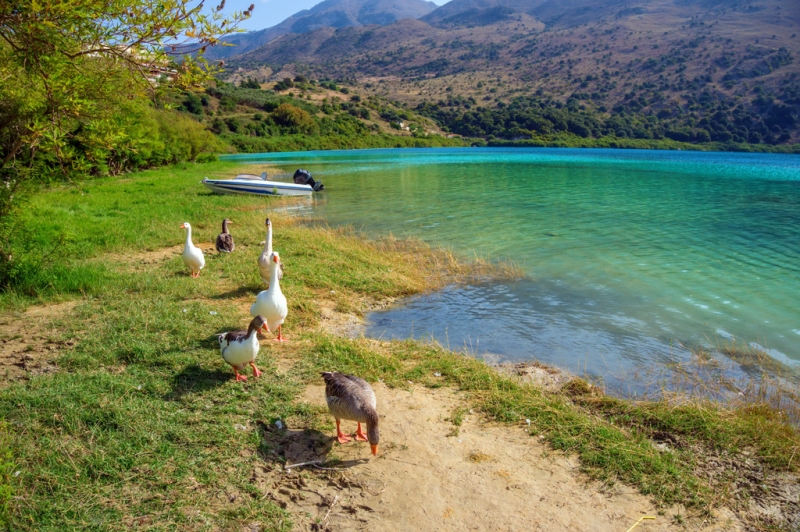
5. Lake Kourna or Kournas. In sunny weather, which occurs on Crete about three hundred days a year, you can see how the sky is reflected in the water surface of the lake. On the shore, for 5-7 euros, you can rent a catamaran to independently swim on the lake, swim in its clear waters and get acquainted with its main inhabitants – freshwater turtles. You can also rent rubber rings or mattresses along with the catamaran. Children will be delighted with this entertainment.
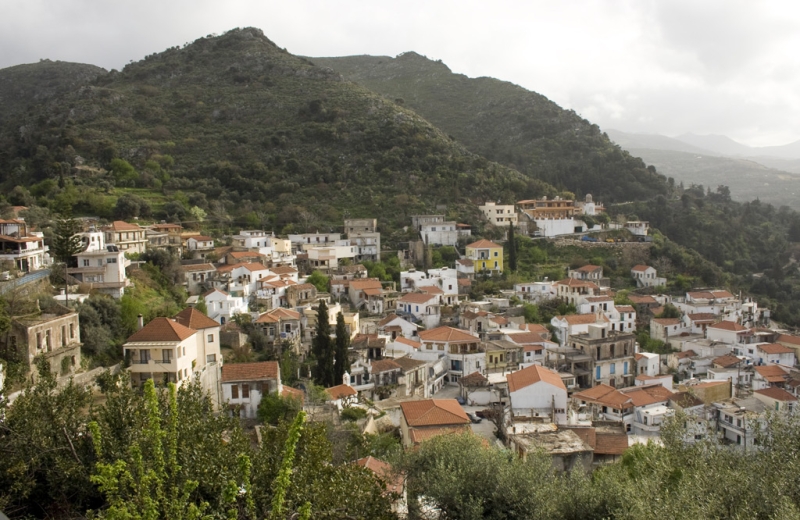
6. Village of Argyroupolion the site of the ancient city of Lappa, a few kilometers from Lake Kournas. A cozy and quiet place with only 400 people living there. It seems that time has stopped here, preserving traces of all eras, starting with Roman rule on the island. According to legend, Lappa was founded by the leader of the Achaean army, Agamemnon. Stroll through the cozy village streets, look into the miniature Church of the Blessed Virgin Mary (Agia Panagia),
Admire mosaic fragments from the Roman Baths and stunning panoramic sea views.
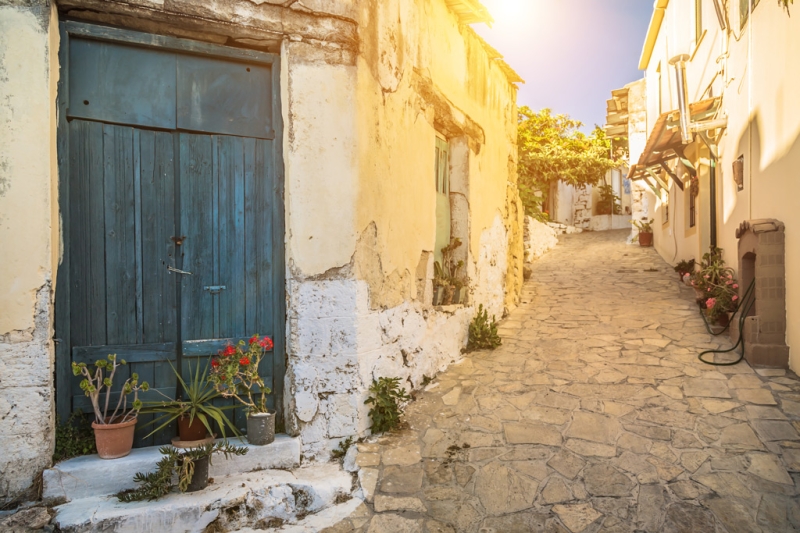
Many tourists agree that this is where they would like to spend their old age. In Lappa there is a cosmetics store made from olive and avocado oils, Lappa Avocado. All cosmetics here are made according to family recipes. You can ask the store staff for a map of local attractions in English. Down the mountain road there are several taverns surrounded by greenery. All of them are surrounded by a chain of waterfalls flowing down ancient Roman aqueducts. In taverns you can try the most tender lamb anticristo, prepared according to a traditional Cretan recipe, freshly caught fish and many other dishes of Greek cuisine. Just keep in mind when ordering that the Greeks are generous people, so the portions will be very large.
If you are unable to get out towards Argyroupoli, then we recommend visiting any Cretan village in order to get acquainted with the local way of life and way of life. Unlike big cities, life in rural Greece has remained virtually unchanged over the past hundred years. Find a tavern on the main street, order a cup of coffee with a Greek koulouri bagel and a glass of ouzo, and enjoy a beautiful sunny day.
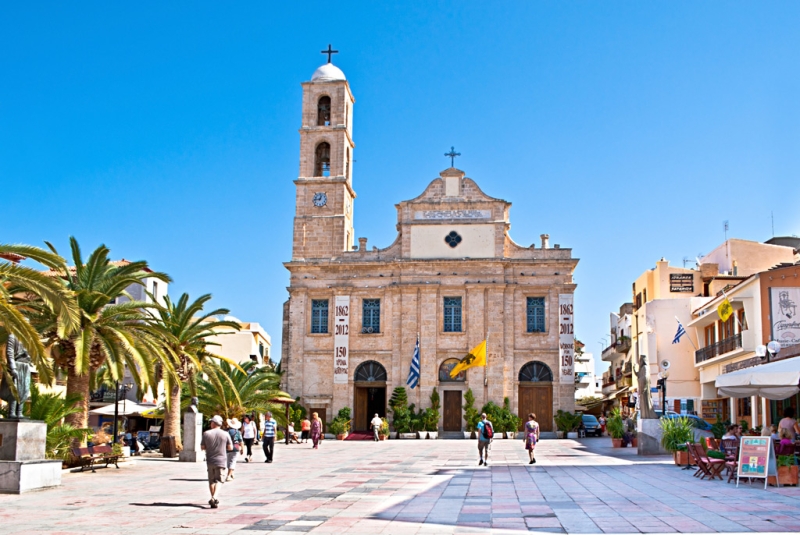
7. Chania is the former administrative center of Crete and is considered the most beautiful city on the island. An ideal place for romantic walks. Unlike Rethymno, Chania is more spacious, and light colors predominate in the architecture. Chania is located at a sufficient distance from the popular Cretan attractions, so even in high season there are no crowds of tourists.
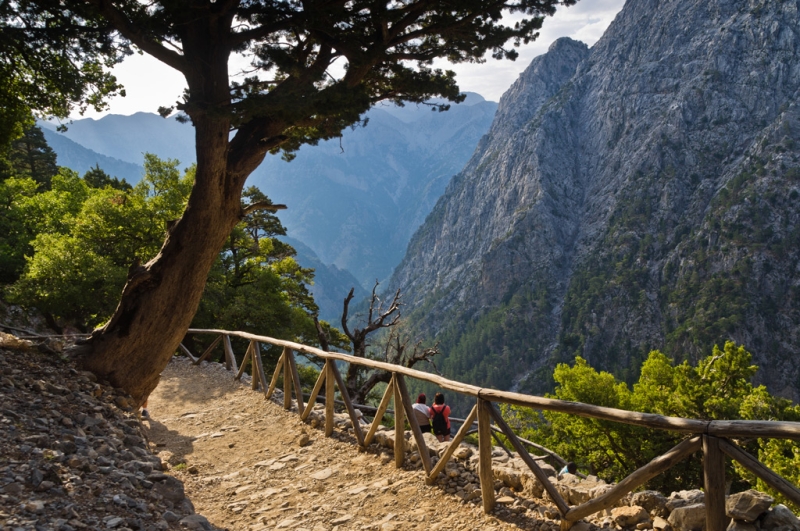
8. Samaria Gorgeat the foot of Mount Lefka Ori is the largest gorge in Europe, which reaches about 18 kilometers in length and from 3.5 to 300 meters in width. A hike through the picturesque gorge is suitable for lovers of active recreation and adventure. You can walk the route on your own or as part of a tour. At the height of the season, there are quite a lot of people who want to get on the trail, so to avoid traffic jams, arrive to the gorge early in the morning. To complete even the simplest part of the route, good physical fitness and endurance are required. Be sure to wear comfortable trekking shoes, take hats and enough water. By the way, Samaria is home to an ancient endemic species of mountain goats, the Kri-kri, who are happy to make contact and feast on food from the hands of tourists. Entry to the trail costs 5 euros (free for children).
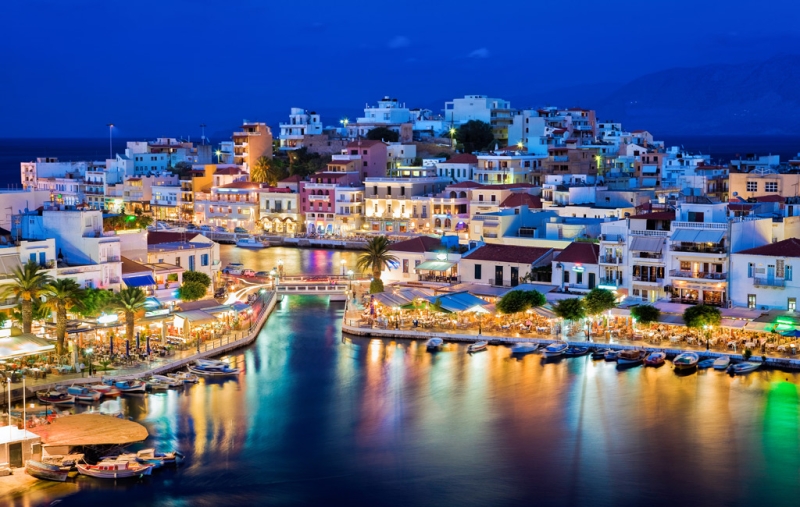
9. Agios Nikolaos– a cozy town in the east of the island, in the Bay of Elounda. The sea air in this region is considered one of the most healing due to its high iodine content, so a holiday in this part of Crete is especially suitable for people suffering from respiratory diseases. The observation deck offers views of Lake Vulizmeni and the bay. Old-timers say that if a local young man wanted to kiss a girl, he would jump from a high cliff into the lake. After this, the girl, impressed by the brave act, always agreed to a kiss. Agios Nikolaos is a great place to declare your love, but you shouldn’t jump into the water. Urban legends also say that the lake is bottomless. Vulizmeni is indeed quite deep and at its bottom lies German military equipment from the Second World War. During the Ottoman Empire, a small canal was dug between the bay and the lake to allow free passage of boats into the inner harbor, so the upper layers of Vulizmeni became completely salty.
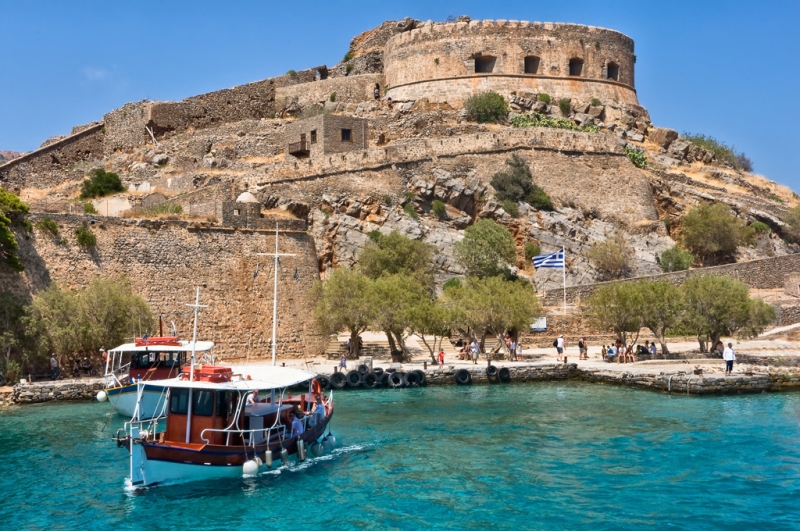
10. Spinalonga is a Venetian fortress in the purple waters of the Gulf of Mirabello. At one time, the fortress, made according to the latest in fortification, perfectly defended the port of Elounda. At the beginning of the 20th century, a leper colony was opened here for people with leprosy. Initially, the island did not have conditions for a normal life and it was an endless slum, but over time people improved their way of life. The story of Spinalonga is a story about the power of the human spirit and the ability to change the world around us for the better. While walking around the island, you will be able to see how more modern structures have organically grown into the space of the old fortress. Now the island is not inhabited, and the last leprosy patients left it in 1957. You can get to the island by boat from Agios Nikolaos, the villages of Elounda or Plaka. Ships sail 2-3 times per hour. The road to the island by sea will be an unforgettable adventure. By the way, many excursions to Spinalonga include a refreshing swim in the clear waters of the bay. The history of Spinalogues in the 20th century is dedicated to Victoria Hislop’s fascinating novel “The Island. The Secret of Sophia.”

